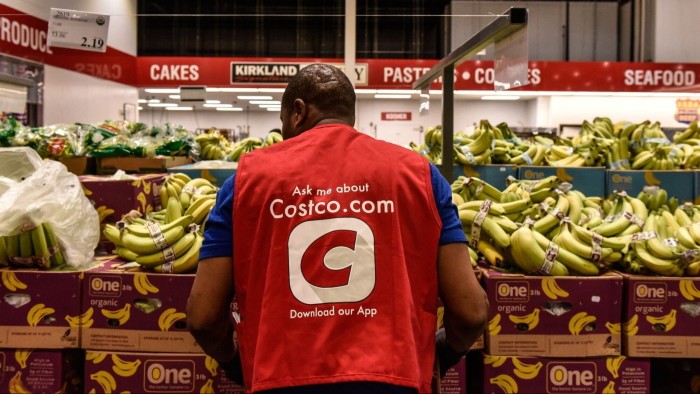Unlock the Editor’s Digest for free
Roula Khalaf, Editor of the FT, selects her favourite stories in this weekly newsletter.
The writer is founder and chief executive of Trivariate Research
Equity investors who are used to buying low and selling high have struggled for a long time in the US. Many stocks that appear to be attractively valued based on low multiples of their forecast earnings do not subsequently outperform.
Hence, buying “medium-to-high” has worked better than buying “low” for many years. What has changed? The traditional value investment approach used by many portfolio managers based on “reversion to mean” — the idea that beaten down stocks would eventually rally — has worked poorly in the past 15 years as the US market has focused more on future growth prospects.
Companies that have low price-to-forward earnings ratios are often not undiscovered gems but rather businesses with prospects that may be impaired in some way. Conversely, companies that appear to be expensive in absolute terms may not be overvalued given their strong and consistent performance portend future strength.
However, at some point, the valuation of a stock can become extreme. One such current case is Costco, the enormous membership-only retailer. Its stock bottomed out after it posted disappointing earnings in May 2022, but since then it has more than doubled. This was partly driven by the fundamental performance of the company but also by investors putting a higher valuation on it. Costco’s forward price-to-earnings ratio has expanded from 31 to a punchy 50 times.
While many investors appreciate the many merits of Costco’s unique business model with profitability underpinned by fees to use the warehouse club, this strikes me as a lofty increase in valuation for a mature company founded in 1983. A valuation multiple of 50 times forecast earnings seems incredibly high.
Why has Costco’s valuation expanded this much? In part it appears due to the expectation of better monetisation of the annual membership fees — akin to a so-called “Netflix Moment” when investors suddenly reassessed the streaming service’s outlook. The improving fee trend would drive bigger profit margins in the future and hence higher valuations.
While Costco’s net margins have already expanded from 2.4 to 2.8 per cent over the past few years, and this is certainly meritorious of a higher multiple, the question is how likely is it for a stock to maintain a valuation as high as the company’s current premium rating?
We evaluated the precedents of businesses that trade at 50 times price-to-forecast earnings or higher for the first time in a rolling three year period going back to 1999. The recovery periods of 2009 and 2020 saw multiple expansion of this magnitude for many stocks. But on average, there are 20 stocks a year out of the 900 we looked at that reach the valuation threshold. So far in 2024, there have been 19.
It is quite consistent that among such companies that their valuation multiples begin to contract on average to 37 times price-to-forward earnings 12 months after the initial “eclipse”. This appears to be the case both before and after Covid-19, excluding the technology bubble and its subsequent bursting.
As the multiples contract, the stocks begin to underperform. The median performance of those stocks that initially eclipse 50 times forward earnings is roughly in-line with the market for the first 10 months but then it begins to lag behind. Since 2003 (so excluding the technology bubble unwind) the median stock lags behind the market by 12 percentage points over the subsequent two years. Only 37 per cent of stocks beat the market over the next two years.
In summary, the data indicates that investors should not immediately panic and sell a stock when it first reaches a price-to-forward earnings ratio of 50 times, but it does appear that the odds of success begin to deteriorate six-to-nine months later. Unless earnings expectations are markedly higher, our advice would be to trim these positions around this time.
Stock examples of companies that initially eclipsed 50 times forward earnings in the past year include Costco, Carvana, Albemarle and Iron Mountain among others.
One important stock in the semiconductor industry Advanced Micro Devices was first valued above the 50 times forecast earnings mark in February 2024. Since then, the stock has retreated more than 30 per cent, dramatically underperforming the overall market. At some point valuation matters. For stocks that get to the 50 times p/e multiple threshold, it looks like six to nine months afterwards is a critical time.
https://www.ft.com/content/1baf767e-e4a5-40b8-83a0-fdff8fee0e7b


